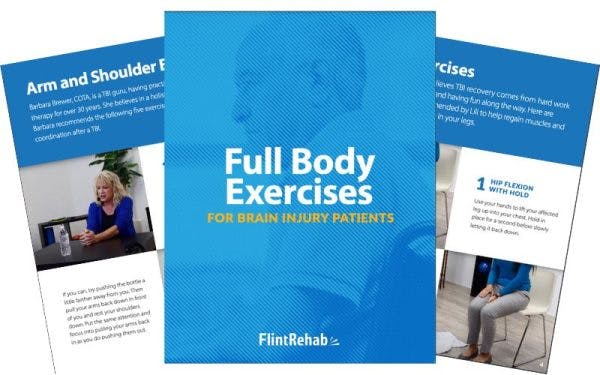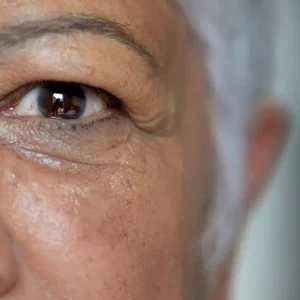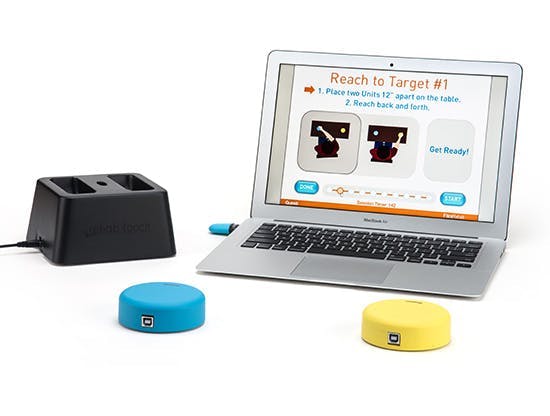The Glasgow Coma Scale (GCS) is one of the most common tools used to check how serious a brain injury might be. Doctors and nurses around the world use it to quickly measure a person’s level of consciousness—or how awake and aware they are—especially right after a head injury.
This scale is helpful because it gives everyone a clear, shared way to talk about a patient’s condition, track changes over time, and make treatment decisions. In this article, we’ll break down what the GCS is, how it works, how scores are calculated, and what the numbers mean.
What is the Glasgow Coma Scale?
The Glasgow Coma Scale (GCS) was created in 1974 by two doctors from the University of Glasgow in Scotland. It gives a simple and objective way to check how alert someone is, especially if they may be in a coma or have trouble staying conscious. Instead of guessing, the GCS helps medical staff measure how someone responds in three main areas:
- Eye opening
- Verbal response (speaking)
- Motor response (moving their body)
Each area is scored, and the total score helps show how conscious or responsive the person is. In order to be rated at the top of the scale (fully conscious), an individual must be awake, alert, oriented, and able to respond to simple commands. This standardized approach helps provide a consistent assessment and clear communication for healthcare providers.
Glasgow Coma Scale Meaning: Breaking It Down
The power of the Glasgow Coma Scale lies in its structured approach and straight-forward evaluation of different neurological functions. Specifically, the GCS looks at three specific types of responses. Each one gives different clues about how the brain is working.
Let’s take a look.
Eye Opening Response (E)
This component assesses the patient’s ability to open their eyes in response to specific stimuli. It reflects the function of the ascending reticular activating system (ARAS) in the brainstem, which plays a crucial role in arousal and wakefulness. The scoring for eye opening is as follows:
- 4 – Spontaneous: Opens eyes on their own.
- 3 – To Speech: Opens eyes when someone speaks or shouts
- 2 – To Pain: Opens eyes only when feeling physical pressure or in pain
- 1 – No Response: Does not open eyes at all
Verbal Response (V)
This component evaluates the patient’s ability to communicate verbally and the coherence of their speech. It reflects the function of the cerebral cortex, responsible for higher-level cognitive functions, including language.
The scoring for verbal response is:
- 5 – Oriented: Answers questions correctly and knows their name, where they are, and the day/year.
- 4 – Confused: Talks but seems confused.
- 3 – Inappropriate Words: Says words, but they don’t make sense.
- 2 – Incomprehensible Sounds: Makes sounds such as groaning, but no real words.
- 1 – No Response: No sound or speech at all
Motor Response (M)
This component assesses the patient’s motor response to verbal commands or painful stimuli. It reflects the integration of cortical and spinal cord function.
The scoring for motor response is:
- 6 – Obeys Commands: Can follows simple commands (like “raise your arm”)
- 5 – Localizes to Pain: Tries to push away pain. In other words, they purposefully move toward the source of a painful stimulus to try and stop or remove it.
- 4 – Withdraws from Pain: Tries to pull away from pain. In other words they purposefully move away from a painful stimulus indicating some level of motor response, which may be reflexive.
- 3 – Abnormal Flexion (Decorticate Posturing): Makes abnormal bending movements (decorticate posture) in response to pain.
- 2 – Abnormal Extension (Decerebrate Posturing): Makes abnormal straightening movements (decerebrate posture) in response to pain.
- 1 – No Response: No motor movement occurs in response to pain.
Of note, some individuals may have interfering factors that result in them being unable to accurately respond when being assessed with the GCS. For example, those who have severe eye trauma or swelling may be unable to open their eyes. Those with pre-existing communication or cognitive disorders or who are intubated may not be able to produce an appropriate verbal response. Motor response scores may be influenced by paralysis or other physical impairments. In these cases, the corresponding section is considered not testable.
Glasgow Coma Scale Score and Calculator: Putting it Together
The total GCS score is calculated by taking the sum of each individual score from the three components: Eye Opening (E), Verbal Response (V), and Motor Response (M).
Total GCS Score=E+V+M
The total score ranges from a minimum of 3 (deep coma or no response in any category) to a maximum of 15 (fully alert and oriented).
While the GCS assessment itself is relatively quick and can be performed at the bedside, various online and mobile calculators are available to assist healthcare professionals in quickly summing the scores and ensuring accuracy, especially in fast-paced clinical environments.
These calculators typically require the user to input the observed response level for each of the three components, and they automatically generate the total GCS score.
Glasgow Coma Scale Normal Range: Understanding the Spectrum
It’s important to understand that the GCS is a spectrum, and different score ranges correlate with varying levels of consciousness and potential severity of neurological injury. There isn’t a single “normal” GCS score in the context of neurological assessment, as the scale is primarily used for patients with altered consciousness.
However, a score of 15 is generally considered to represent a fully conscious individual with normal cognitive and motor function.
Here’s a general breakdown of GCS score ranges and their typical interpretations:
- 13-15 (Mild Brain Injury): Patients in this range are typically considered to have a mild brain injury. They may be confused or disoriented but are generally able to follow commands and have some verbal response.
- 9-12 (Moderate Brain Injury): Patients with a GCS score in this range usually have a moderate brain injury. The individual may be sleepy or confused, and responses may not always make sense.
- 3-8 (Severe Brain Injury): A GCS score of 8 or less generally indicates a severe brain injury or coma. Patients in this range have significantly impaired consciousness and are often unable to follow commands or have meaningful verbal responses. The individual may be unconscious and need help breathing or protecting their airway.
It’s crucial to remember that the GCS score is just one component of a comprehensive neurological assessment. Doctors also check other signs like pupil response, reflexes, and CT scans. Furthermore, the GCS score can and often does change over time, reflecting the evolving neurological status of the patient.
Glasgow Coma Scale Interpretation: Beyond the Numbers
While the GCS score provides a valuable summary of a patient’s level of consciousness, it’s actually important in many ways.
The GCS helps to:
- Establish a Baseline: The initial GCS score provides a crucial baseline against which subsequent assessments can be compared to identify trends of improvement or deterioration.
- Communicate Patient Status: The standardized nature of the GCS allows healthcare professionals across different disciplines and locations to have a clear and concise understanding of the patient’s neurological status.
- Guide Initial Management: The GCS score can influence immediate management decisions, such as the need for airway protection (intubation) or further diagnostic imaging (e.g., CT scan of the head).
- Predict Prognosis: While the GCS alone cannot definitively predict long-term outcomes, lower scores can point to more serious outcomes. Lower initial GCS scores are generally associated with a higher risk of mortality and poorer functional outcomes.
Limitations of the GCS
However, it’s important to acknowledge the limitations of the GCS. It can be less reliable and harder to use in certain cases such as:
- If the patient is on a ventilator and can’t speak
- If the patient is very sleepy from medicine
- If they have conditions that affect communication or movement
In these situations, doctors rely more on the individual parts of the score and other tests to provide a more comprehensive assessment. While the GCS can be an excellent tool, some researchers believe that relying too heavily on it in the initial stages of brain injury can delay necessary care and/or provide a false sense of security, as acute brain injuries are often rapidly evolving.
Final Thoughts
The Glasgow Coma Scale remains an indispensable tool in the initial and ongoing assessment of patients with altered consciousness. Its simplicity, objectivity, and widespread use facilitate effective communication, guide clinical decision-making, and contribute to a better understanding of the patient’s neurological trajectory.
By understanding the meaning behind each component and the significance of the total score, healthcare professionals can leverage the GCS to provide better care for individuals with brain injury and other neurological conditions.










